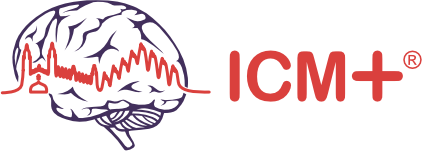Introduction
In the established environment of the Clinical Neurosciences Department, enormous quantities of data can be captured from each patient, from which information regarding cerebral autoregulation, cerebrospinal compensatory reserve, oxygenation, and both metabolite production and function can be obtained. Recognition of changing cerebrovascular haemodynamics and oxygenation demands not only reliable monitoring techniques, but also sophisticated and time-consuming signal analysis. This can be provided by dedicated computer support.
The intensive care multimodality data collection system adopted in the Cambridge Neurosurgical Unit is based on software for the standard IBM-compatible personal computer, equipped with a digital to analogue converter and RS232 serial interface. The first version of the software was introduced into clinical practice in Poland, Denmark, and the U.K. in the mid-1980s and has subsequently been extended into a system for multimodal neuro-intensive care data collection and waveform analysis of intracranial pressure (ICP) used in Cambridge, U.K.
Apart from the data collection of multiple monitoring variables and describing dynamics of the studied pathology, some secondary indices have attracted wider interest in the clinical neurosciences research community, describing cerebrospinal compensatory reserve, pressure autoregulation, and vascular reactivity. They have been demonstrated as useful in research in traumatic brain injury, subarachnoid haemorrhage, hydrocephalus, ischemic stroke, experimental laboratory, etc. Extensive descriptions with examples are included in the Applications section.
All of these already-documented methodologies are incorporated in the new ICM+ software as pre-defined set-up configurations. On top of this, the performance of the software may be programmed and new forms of analysis may be added by the user. The flexibility of ICM+ software is therefore virtually unlimited.
The minimum hardware requirements for ICM+:
- A modern laptop (or a PC) with Windows 7 or above operating system with a processor supporting SEE2 (or higher) instruction set (e.g. Pentium Core processors) with standard recommended memory and hard disk for the operating system.
- The laptop should not be in general used to archive the data, so there is no requirement for large hard disks, a standard 512 GB would do nicely.
- For data collection and real time analysis, the memory requirement is also modest and does not require extra space. 2-4GB is standard.
- Touchscreen is recommended for data collection purposes, ideally a 2-in-1 laptop, with keyboard either detachable or flippable so that only the screen can be exposed to touch and cleaning.
- Higher-resolution screens, i.e., at least half HD (1366 x 768) is recommended to accommodate more charts within one screen.
- A Network port and several USB ports available for connecting monitoring devices using Serial-USB adapters.
A Brief History of ICM+
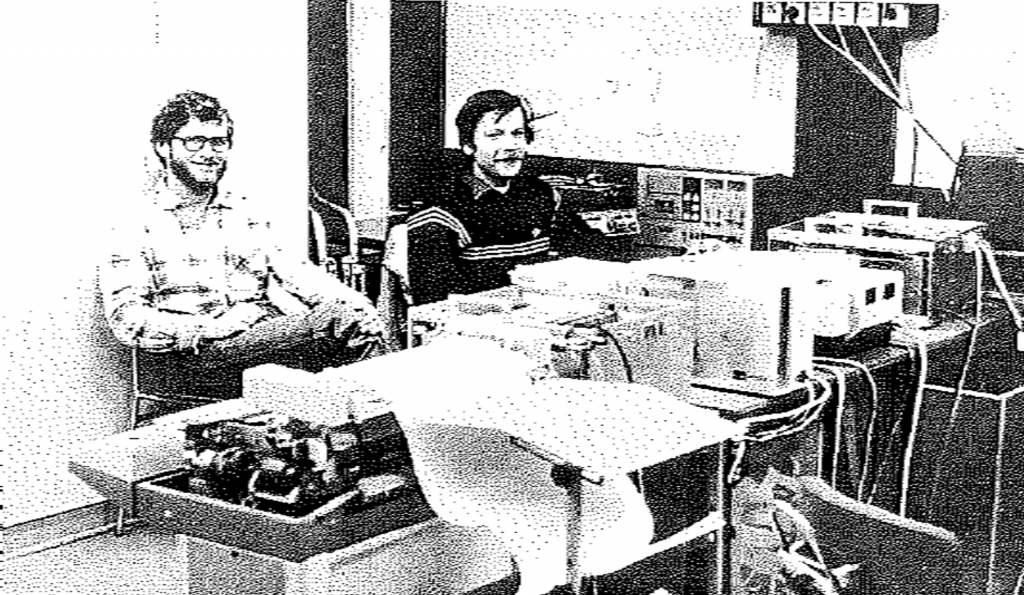
1980-1986: Warsaw University of Technology, Poland. Marek Czosnyka, Antoni Grzanka, Peter Smielewski, and Stefan Piechnik work on the construction of the first computers for ICP signal analysis (they were not available in Poland at this time to purchase, as we buy computers nowadays, because of the military embargo). There were no monitors or hard disks, just needle printers, paper tape readers/punchers, and analogue input for reading magnetic tapes with signals recorded in the hospital.
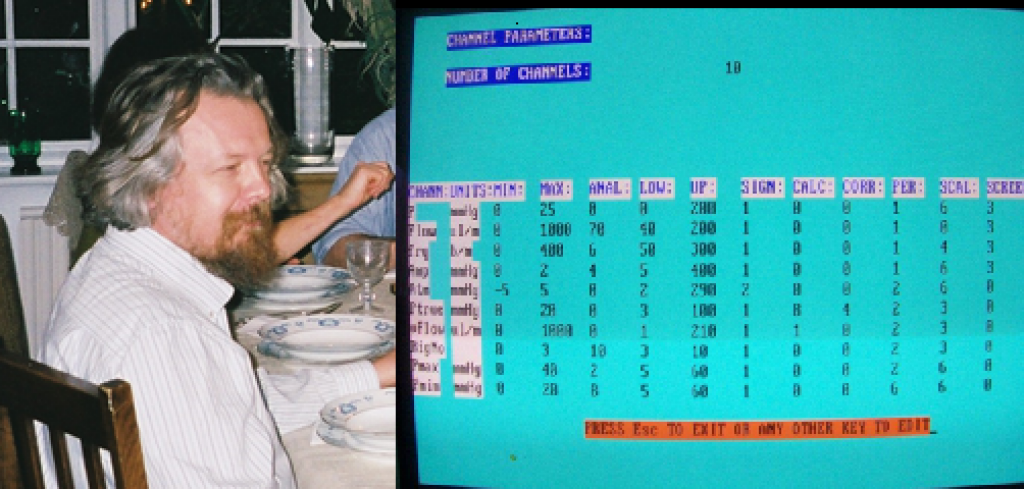
1986: Dr Przemyslaw Wollk-Laniewski devised the term ICM (Intensive Care Monitor), which would be an universally configurable software for collecting multiple signals in the Paediatric ICU (Children’s Health Centre, Warsaw).
1991 : Prof. J.D. Pickard invites all of the group to Cambridge. ICM for DOS was used for the first time on the NCCU in Addenbrooke’s Hospital in 1991 with ten channels, primitive profiling, glue, scissors, and paper needed for displaying long chunks of data.

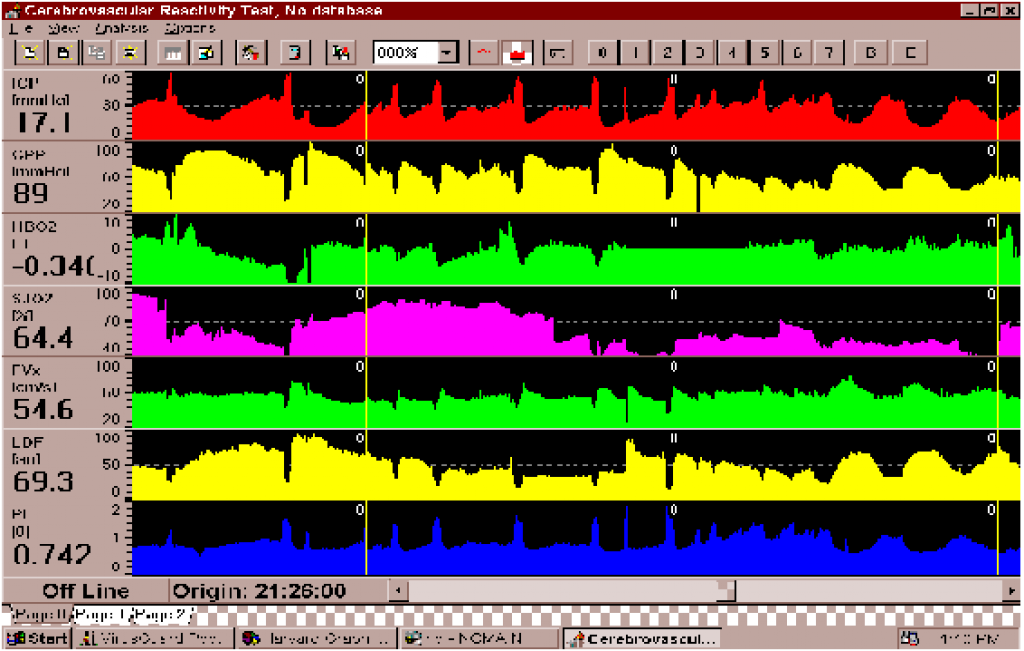
1996: Dr Peter Smielewski designed the first software for data trending and high-resolution archiving in Cambridge. We started to build up our great library of brain signals!
2004 – Launch of first version of ICM+ software – during ICP12 conference in Hong Kong

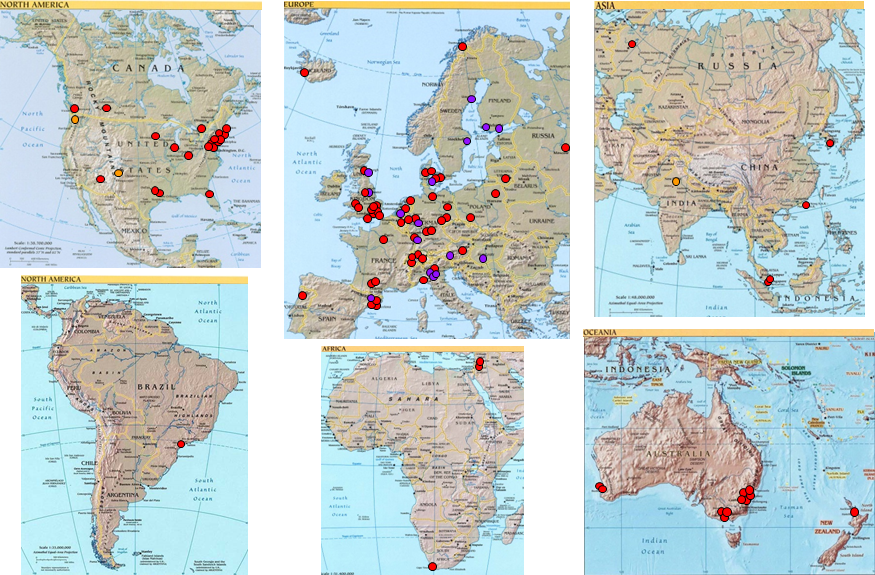
2004 until NOW…. new applications, new functions, new centres and collaborations.

